The 20 most influential mobile phones of all time
The mobile industry has been shaped by the technological and design legacy of these iconic and influential devices

Qualcomm has played a crucial role in the development of the modern smartphone. Its chips, modems and other technologies power some of the most important functions in the majority of the world’s leading handsets. Here are five things its inventions make possible:
- App stores: A smartphone is nothing without apps. Qualcomm envisioned a mobile software marketplace as far back as 1999! BREW, a Qualcomm-powered store went live in 2001.
- Airplane mode: This handy feature was first patented in February 2000 and allowed people to play games, listen to music, and access other apps safely in the air, whilst conserving battery.
- Mobile-based location: Some of us are quite literally lost without our phones. Since 2005, Qualcomm’s inventions have enabled integrated GPS to power everything from mapping applications to ‘Find my iPhone’.
- Mobile video: Qualcomm technology first described in 2001 makes it possible to watch whatever we want, whenever we want by making video viewable across a variety of operating conditions.
- Power Management: As phones have become more advanced, their power demands have increased too. Since 2011, Qualcomm’s innovations have ensured smartphones use in-built intelligence to ensure the antenna is using the right amount of battery power to transmit data at any time, extending battery life.
This year marks the 50th anniversary of the world’s first mobile phone call. Martin Cooper, a senior engineer at Motorola, made the call on 3rd April 1973 using a Motorola DynaTAC phone, a device that weighed 2.2lbs, was nine inches tall and had 35 minutes of talk time – a far cry from modern smartphones.
It set in motion a revolution that would transform not just communication but the world itself. In the years since, mobile phones have added text, video, and data capabilities, supported by advances in network technology.
Since that first conversation, the mobile phone has transitioned from a luxury, functional item that only made calls, into a fashionable multi-purpose device that is a necessity for everyday life.
The past five decades have witnessed a number of iconic and influential handsets whose technical and aesthetic contributions to modern mobility cannot be overstated and have earned a rightful place in the Mobile Phone Museum.
It’s impossible to mention them all, and there are many notable omissions, but here we celebrate 20 milestone mobile phones whose legacy is still being felt today.
Motorola Dynatac 8000X (1984)
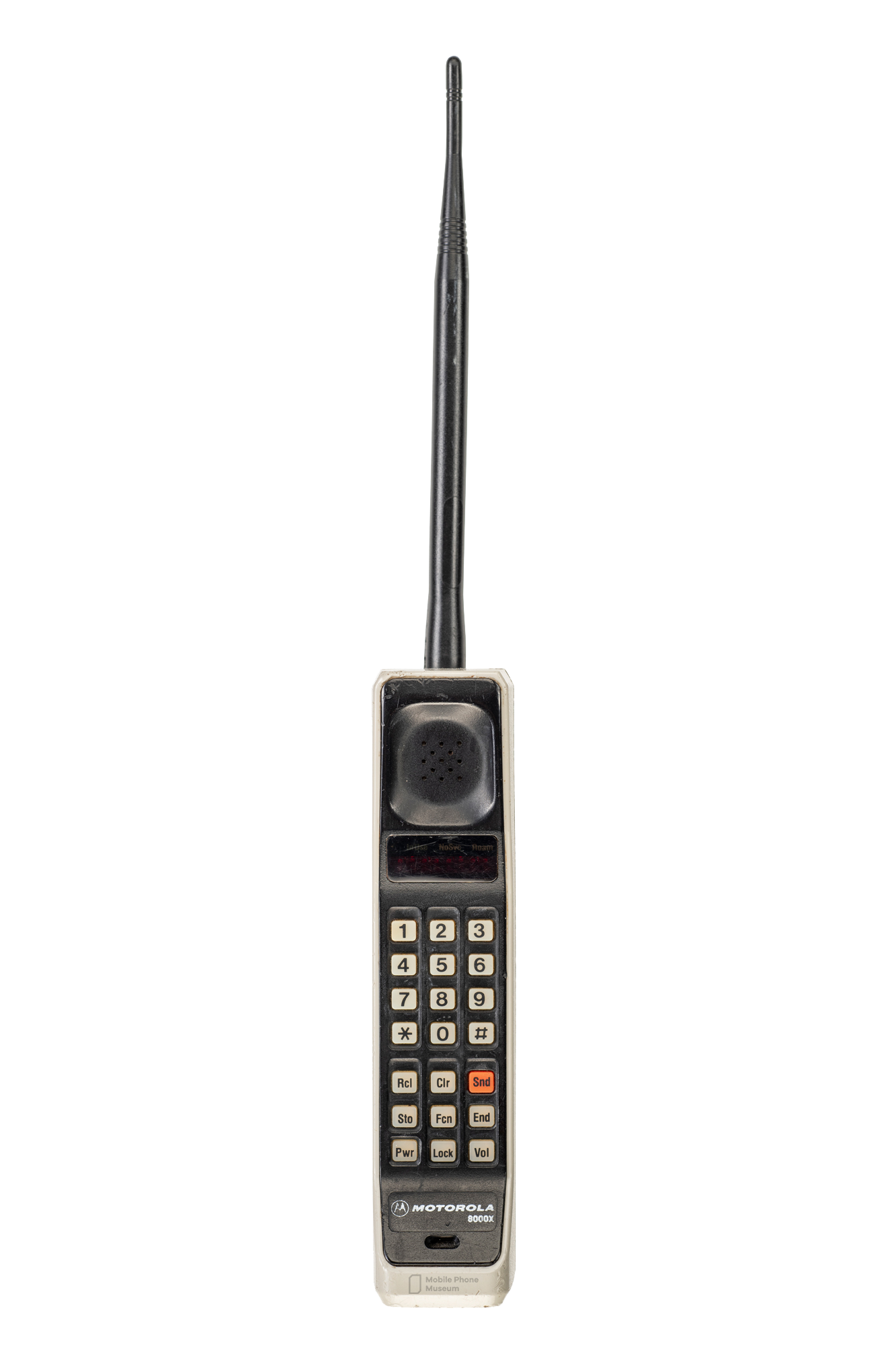
The stereotypical image of the early mobile phone user is the suit-clad yuppie walking around the City of London talking loudly into a ‘brick’ phone - and it’s highly probable that this image includes a Motorola Dynatac 8000X. A descendent of the device used by Cooper, the DynaTAC (Dynamic Adaptive Total Area Coverage) family of devices are acknowledged as the first widely available mobile phones and a true icon of the 1980s. Released in 1984 with a hefty price tag of $3,995, it achieved fame for being used by Michael Douglas’ iconic character Gordon Gekko in the 1987 film ‘Wall Street’.
Technophone Excell PC105T (1986)
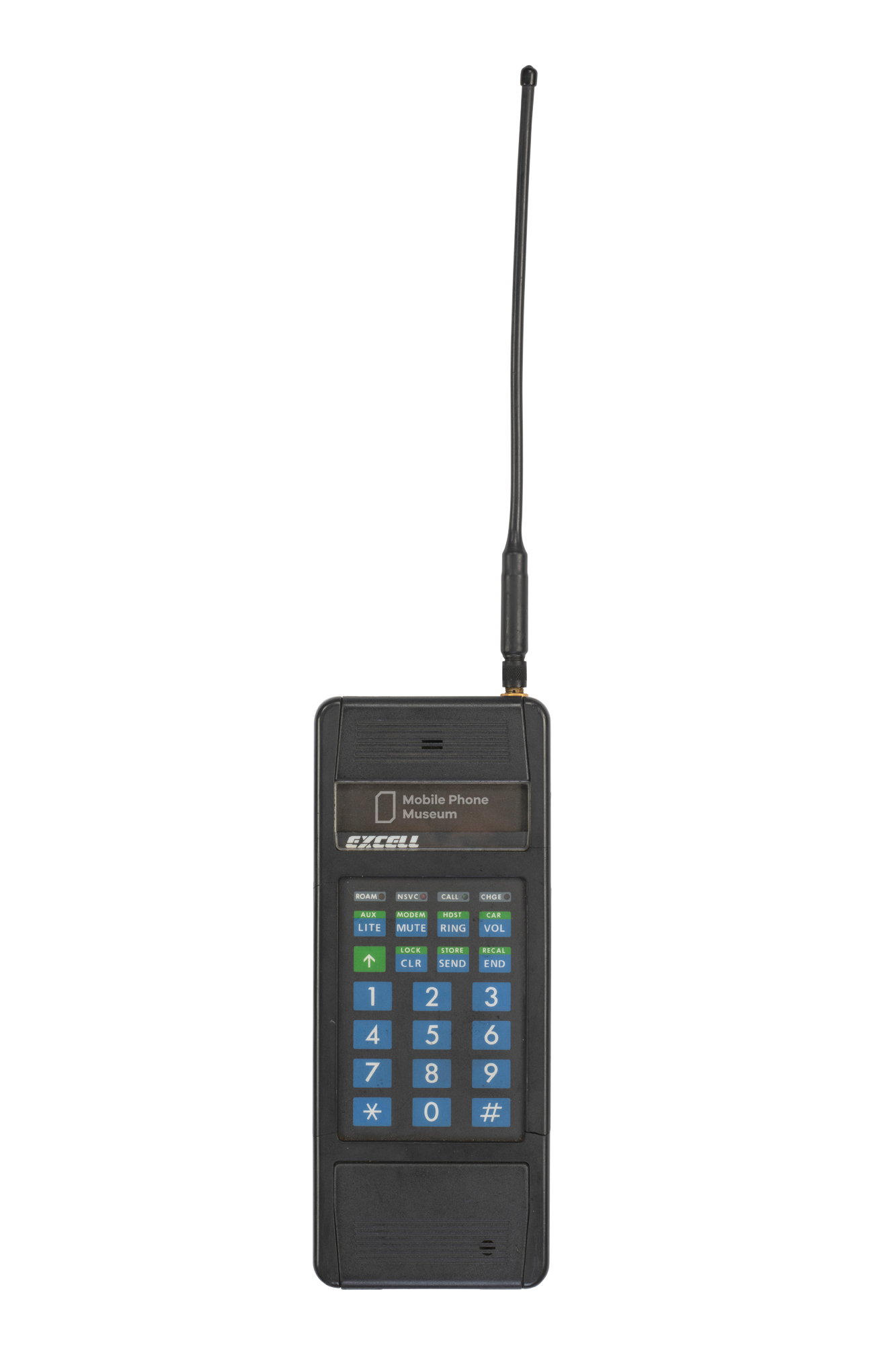
Reducing the size of a mobile phone was an early priority for the industry. Although the Technophone Excell PC105T’s promise to fit in your pocket might have been a stretch, it was hugely disruptive, requiring significant advances in component design. A commercial success in the UK and in Europe, other manufacturers tore down the phone to see what they could learn. Technophone was acquired by Nokia in 1991, helping to propel the Finnish mobile giant’s rise to number two in the world behind Motorola In 1992.
IBM Simon (1993)
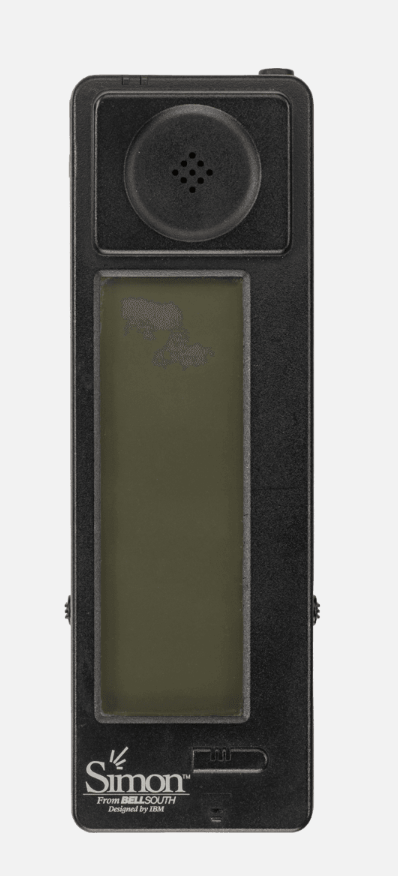
The IBM Simon has a strong claim to being the world’s first smartphone, even if it was classified as a personal digital assistant (PDA) at launch. Named after the children’s game ‘Simon Says’, the device boasted a graphical user interface, a file system, and productivity applications – helping enhance its claim to be a ‘computer inside a phone’. Ahead of its time, the Simon foresaw many of the trends that would define mobility and computing long before they became mainstream propositions.
Nokia 2110 (1994)
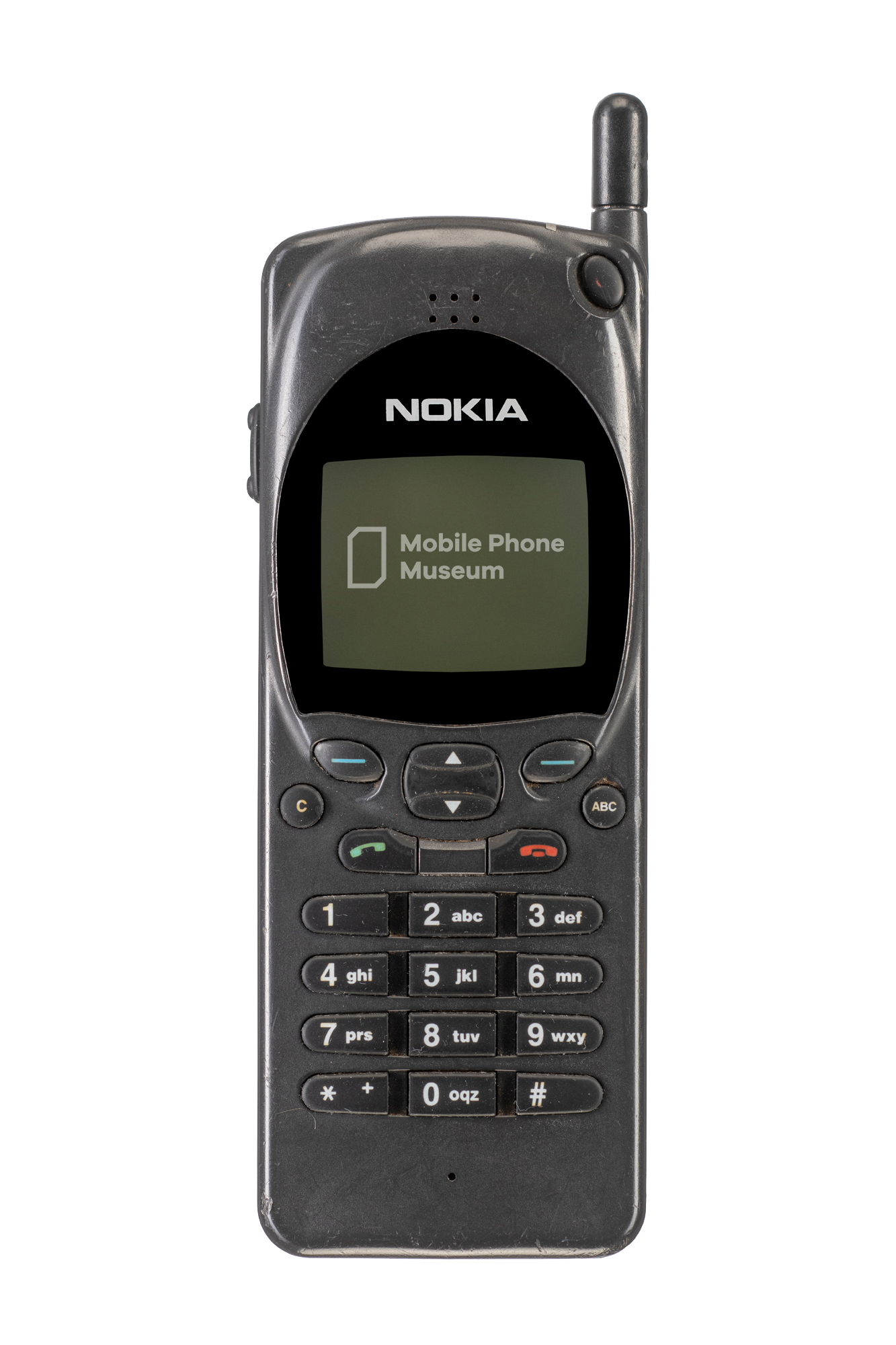
In the rich history of the mobile phone, few companies have played as pivotal a role as Nokia. The 2110 was a breakthrough 2G handset and a crucial test device for the SMS standard, while its ability to transfer data to a laptop helped kickstart the mobile data revolution. It also introduced Nokia’s trademark ‘soft keys’ that offered contextual functionality, and was the first device to boast the iconic ‘Nokia’ ringtone - for better or for worse.
Nokia 9000 Communicator (1996)
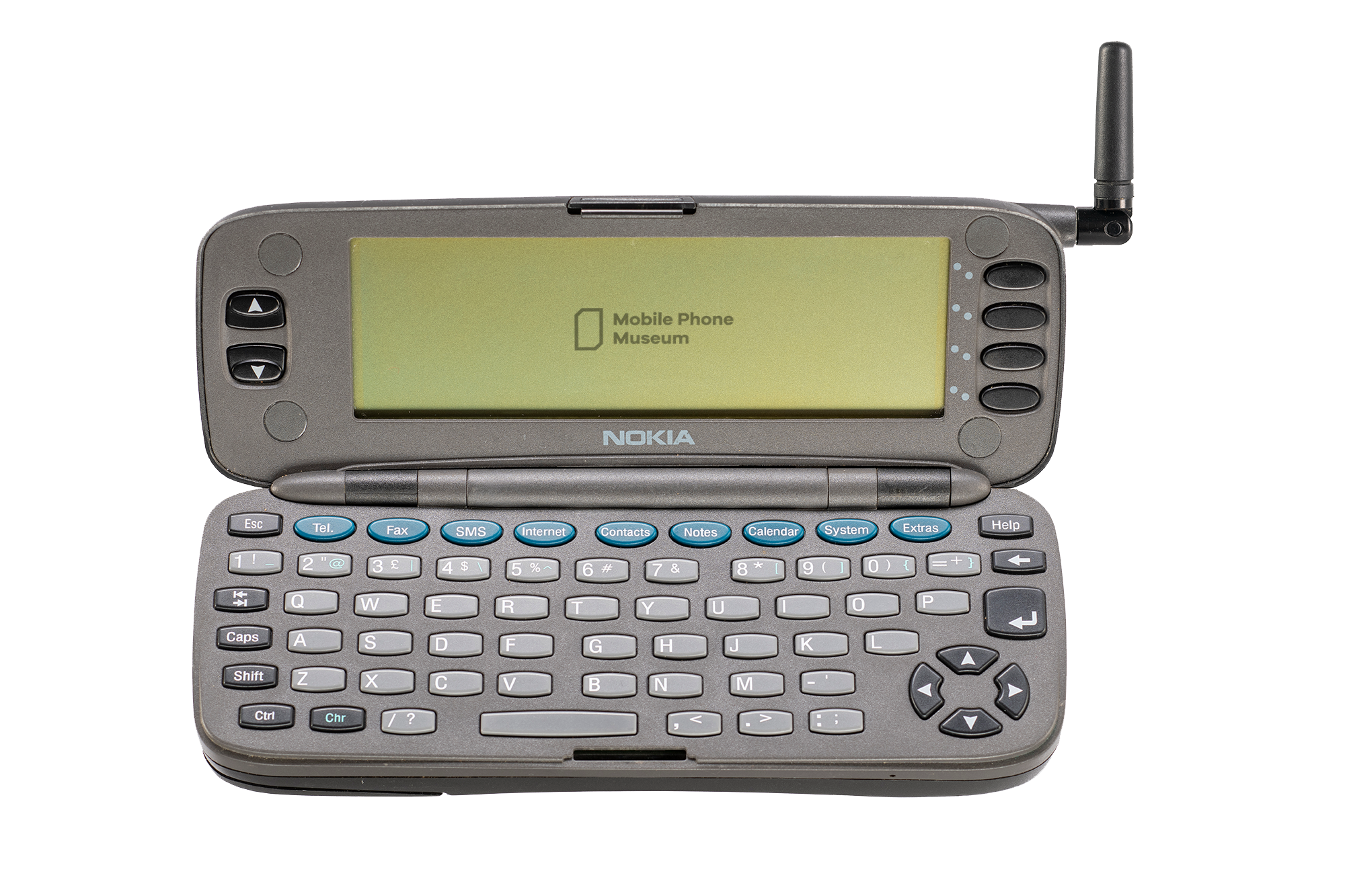
Nokia’s inability to create a compelling smartphone was a contributory factor to its ultimate demise, but in the 1990s it was at the bleeding edge of innovation. On the outside, the Nokia 9000 looked like a Nokia 2110, but it opened up to reveal a full QWERTY keyboard and large screen. It boasted an array of productivity tools, supported third party applications, and could even access the internet - making it a mass market smartphone before the term entered the public domain with the Ericsson R380 in 1999.
Motorola StarTAC Rainbow (1997)
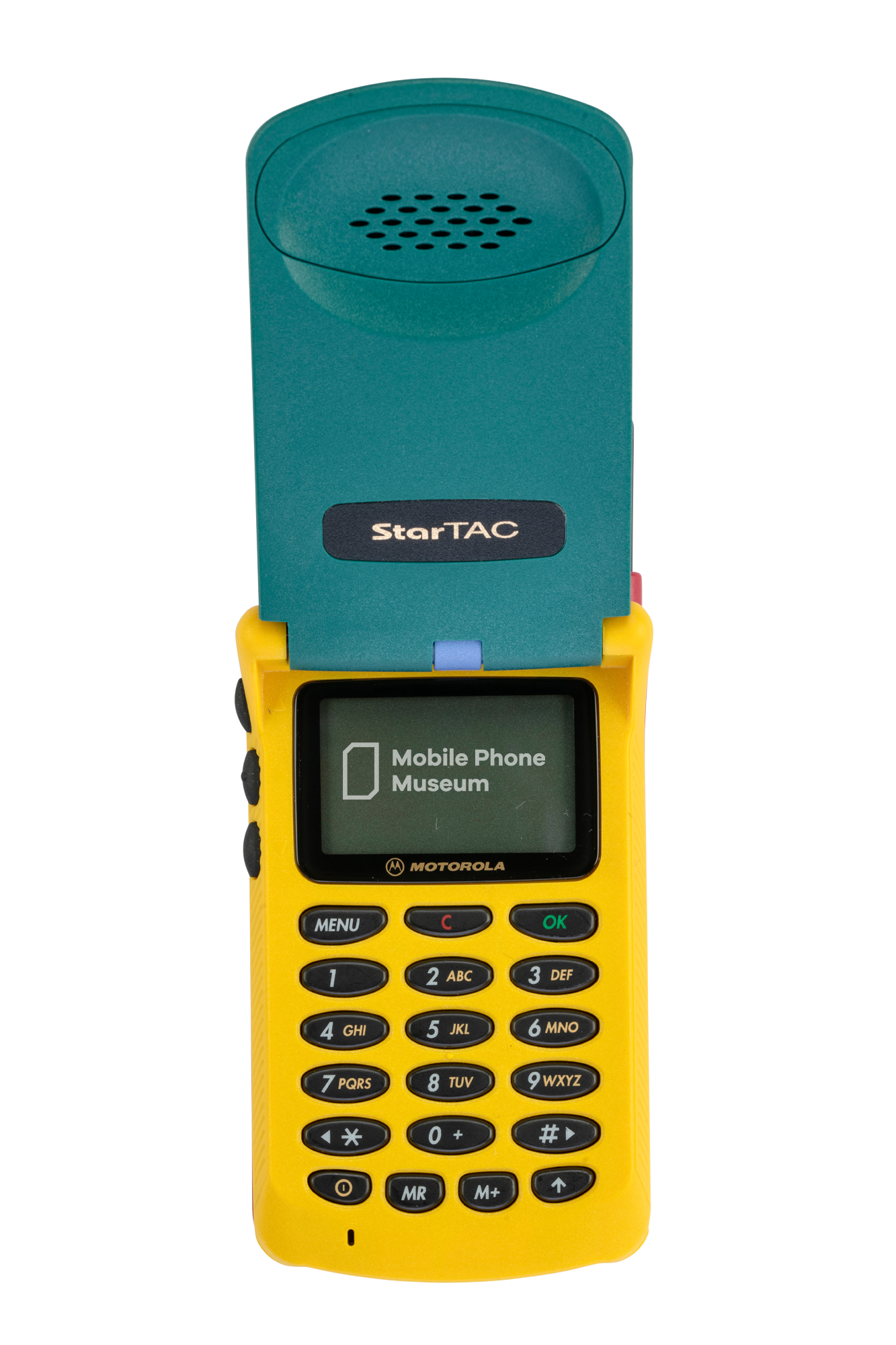
The Motorola StarTAC range popularised the flip phone form factor in the 1990s, dramatically decreasing the size of a mobile phone and making them easier to slip into pockets or handbags. The clamshell design would remain popular until the advent of the touchscreen a decade later, inspiring other iconic Motorola designs like the RAZR and PEBL. But one variant had another legacy. The Motorola StarTAC Rainbow was a multi-coloured variant of the StarTAC 70 conceived by the company’s European division. In a world where mobile phones were still largely black and grey, the StarTAC Rainbow can be considered a trailblazer for the variety of colourful designs that emerged in following years.
Nokia 3310 (2000)
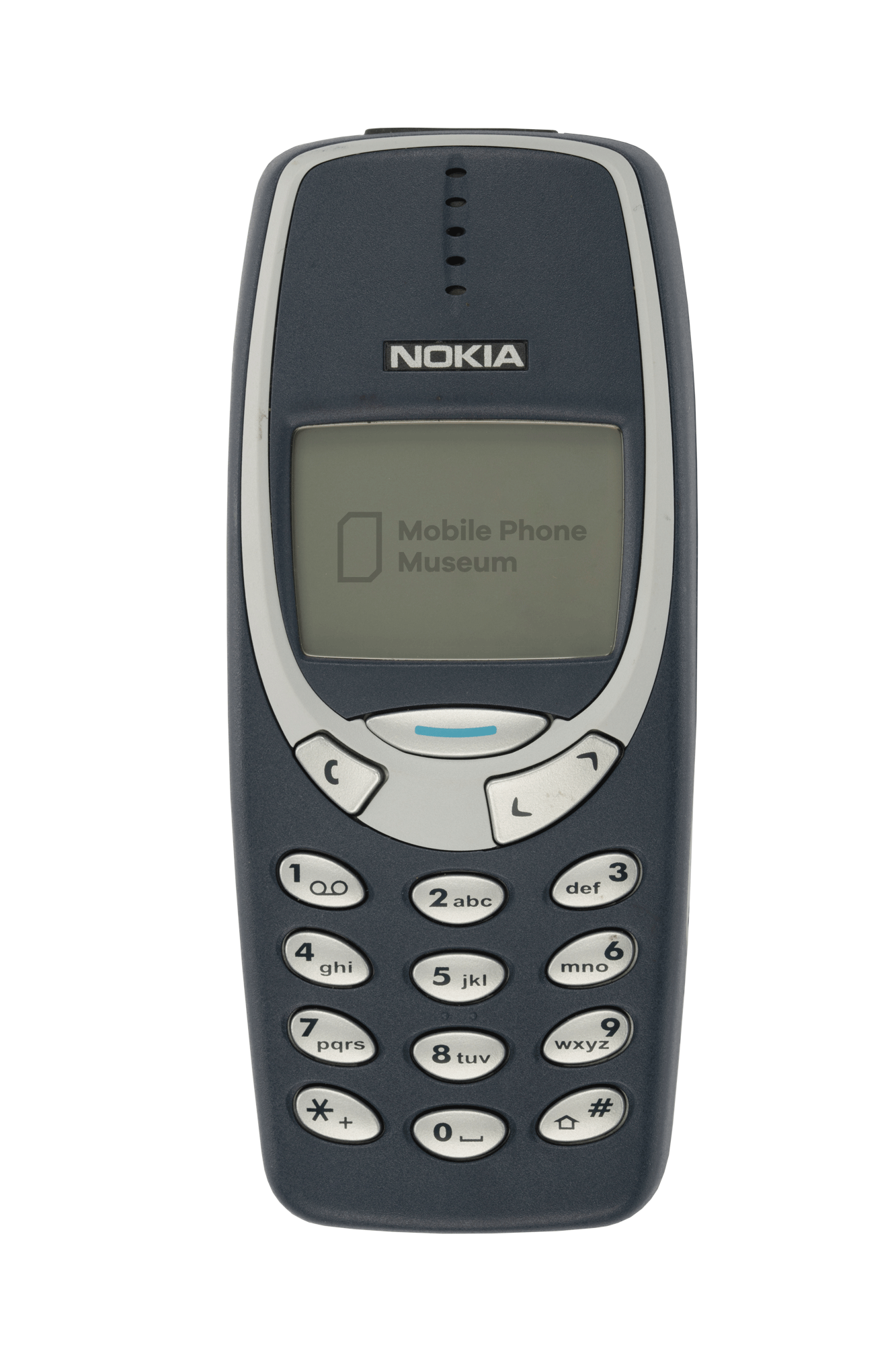
Many will argue that the Nokia 3210 was the more significant device thanks to its sleek design, integrated antenna, and interchangeable faceplates, but the Nokia 3310 is the device that most people see as synonymous with the Finnish manufacturer – especially when it comes to durability. A fashion icon in its own right, the Nokia 3310 was packed with features, including predictive text, a ringtone editor, and vibrating call alerts. It also had Snake II as a killer app. Wildly popular at the time and fondly remembered, it sold 126 million units and was the subject of a revival by HMD Global in 2017.
Ericsson T68 (2001)
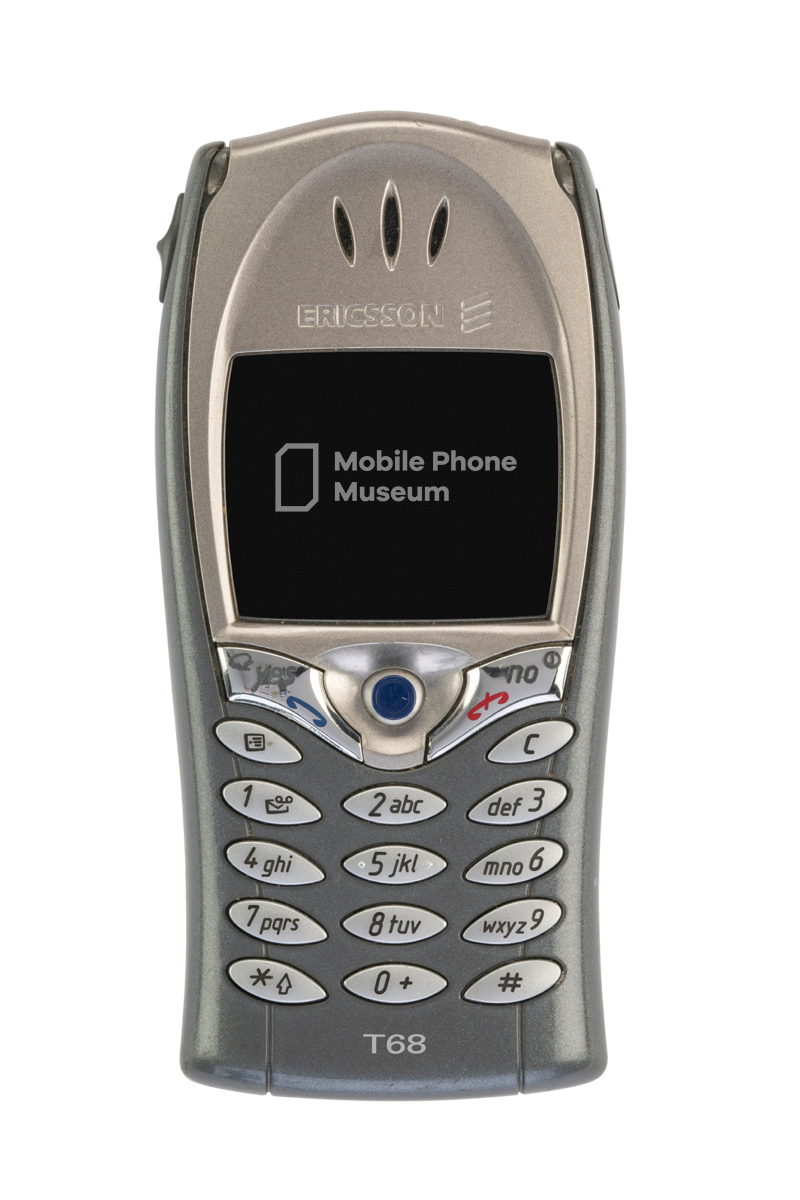
At the turn of the millennium, the monochrome world of mobile was colourised. The final phone to bear the Ericsson brand boasted a 256 colour display with a resolution of 101 x 80 pixels, but that wasn’t its only innovation, as support for GPRS connectivity, an optional keyboard accessory, and tri-band networking reflected the technological advances taking place in the industry at the time. An upgraded T68i model bearing the Sony Ericsson moniker appeared a year later, offering an optional camera module, and it was the first commercial handset to be featured in a James Bond movie, starring alongside Halle Berry in Die Another Day.
Nokia N-Gage (2003)
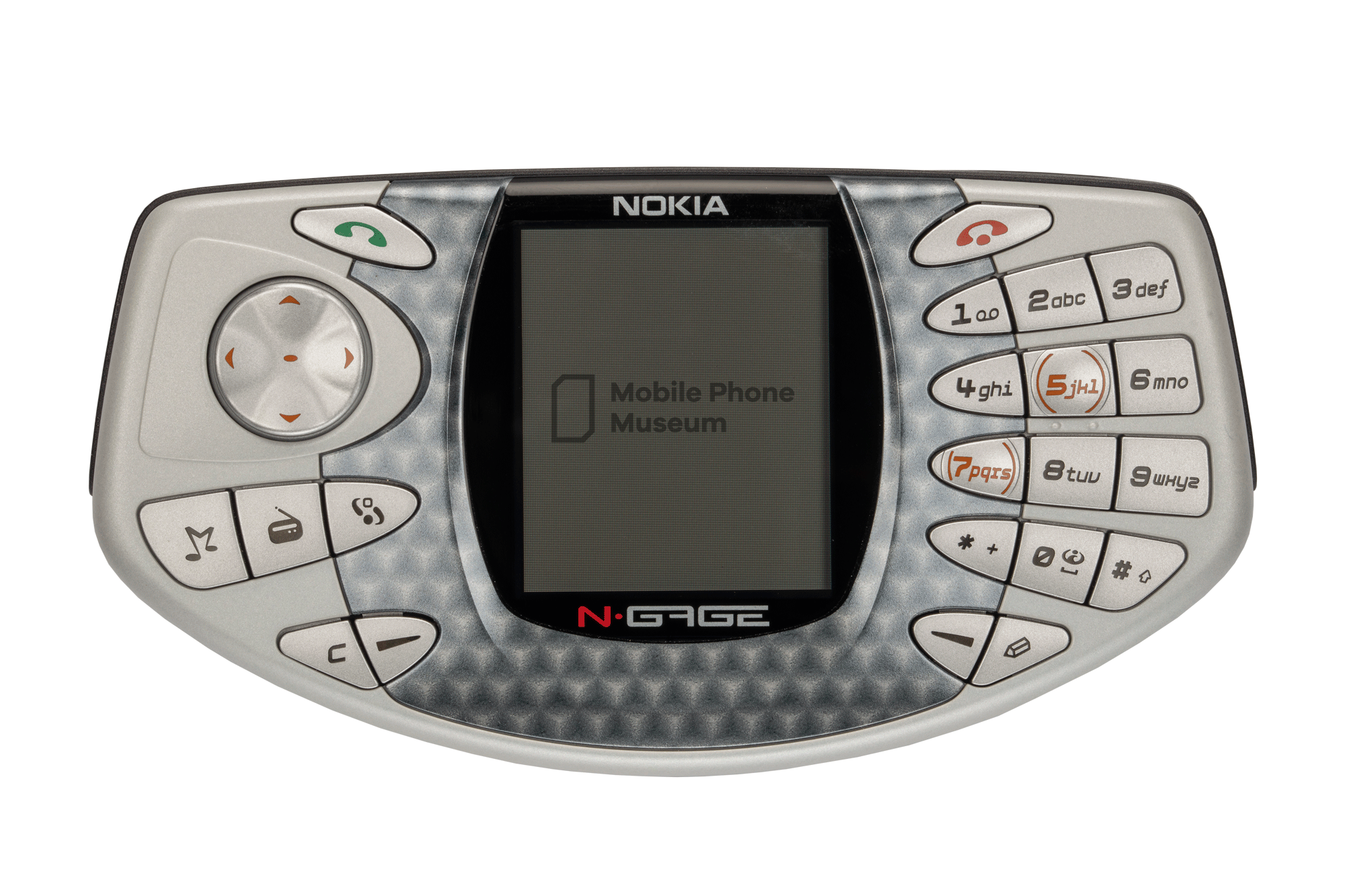
Nokia recognised the potential for mobile gaming more than two decades ago, and hoped a portable gaming console would offer a mature, technologically advanced alternative to the Game Boy Advance. Unfortunately, the execution lacked the same kind of vision. The use of the keypad as ‘face’ buttons made games confusing to play, the battery had to be removed to change game cards, and the microphone and speaker were on the side of the device, giving it the nickname of the ‘taco phone’. It was also expensive. A modified ‘QD’ iteration arrived in 2004, but by that point Sony and Nintendo were vying for handheld dominance. Nokia’s faith in the concept wasn’t misplaced but it left plenty of lessons for others to learn. Sony Ericsson created a handheld gaming phone some years later with the Xperia Play but also struggled to get traction.
J-Phone J-SH04 (2000)
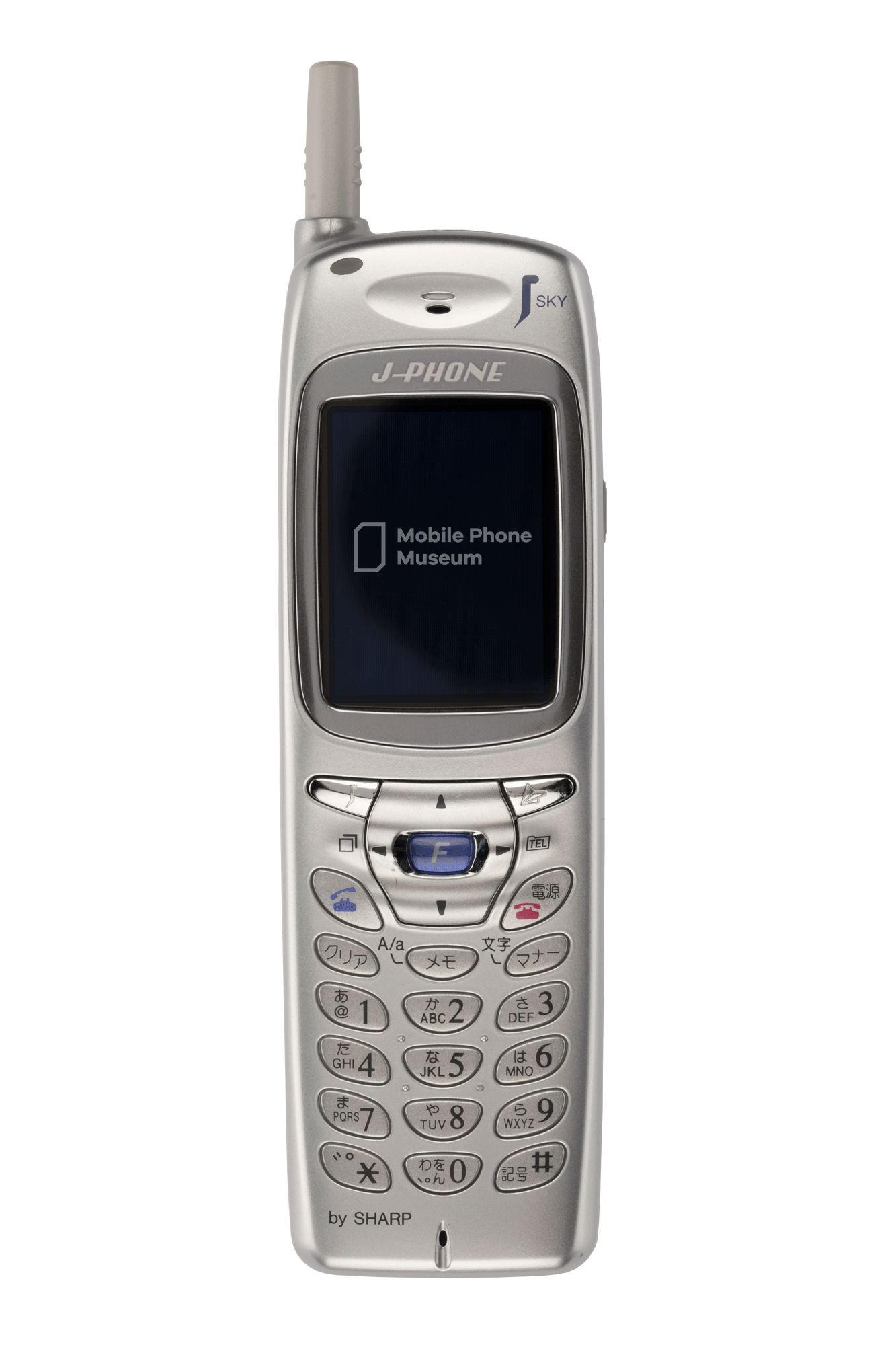
This might be the most important device you’ve never heard of. Back in the 2000s, Japan was known as the ‘Galapagos Islands of mobility’ because of how different and advanced its phones were compared to the rest of the world. But there was one idea that was deemed too radical by the country’s two biggest operators at the turn of the Millennium – the world’s first cellular-enabled camera phone. The concern was that a relatively primitive camera and small screen wouldn’t interest consumers. But the Sharp-manufactured J-Phone J-SH04 sold like hot cakes, and the integrated camera became a staple feature for all phones around the world.
Motorola RAZR V3 (2004)
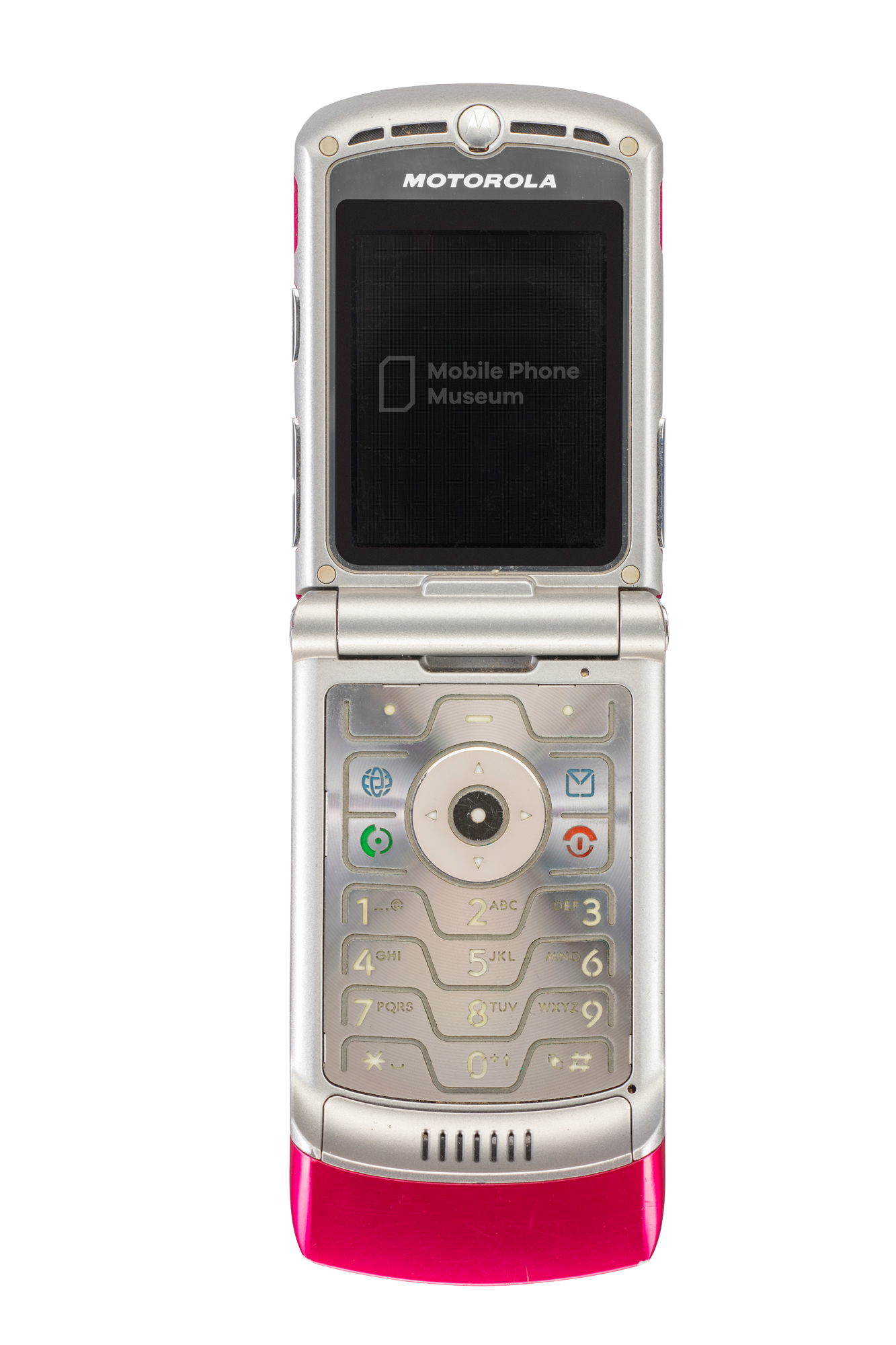
The Motorola RAZR is an engineering marvel that was almost never made. Its ultra-thin design was a manufacturing nightmare, its $1,000 price point outlandish, and it lacked the support of many within the company. But what emerged was one of the most iconic designs in the history of the mobile phone and one of the most desirable products the industry has ever produced. Initial sales forecasts of 800,000 proved embarrassingly wide of the mark, as in its various guises, the RAZR went on to shift 100 million units.
Sony Ericsson W800 (2005)
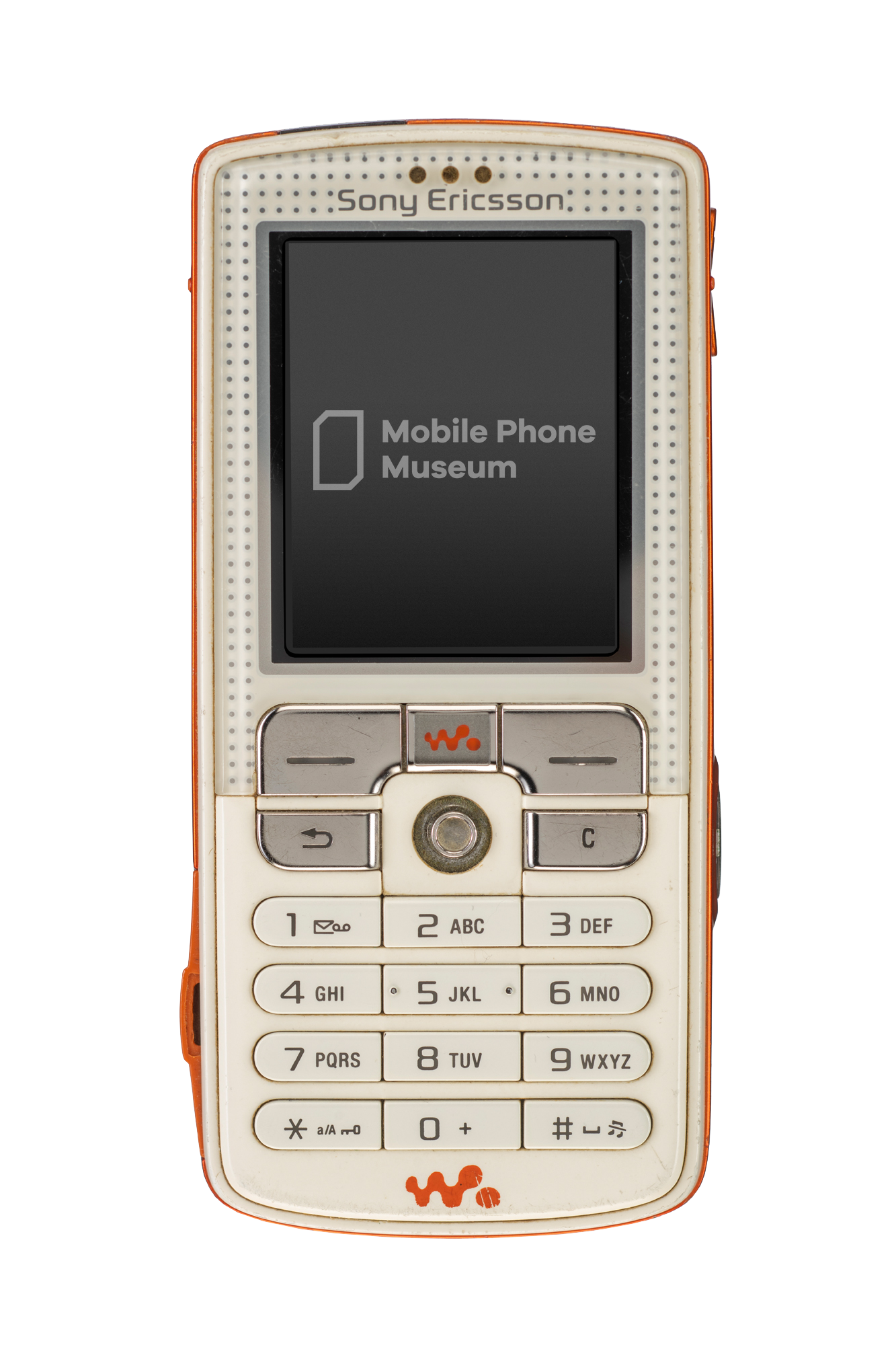
The mid-2000s was the time when mobile phones morphed into Swiss-army devices as manufacturers sought to create premium devices to encourage upgrades. With integrated cameras now a standard feature, the next battleground was music, inspired by the success of Apple’s iPod. Sony Ericsson’s offering was a two-megapixel camera and a high quality MP3 player into an attractive candybar form factor with a unique trump card – the Walkman brand.
LG Chocolate (2006)
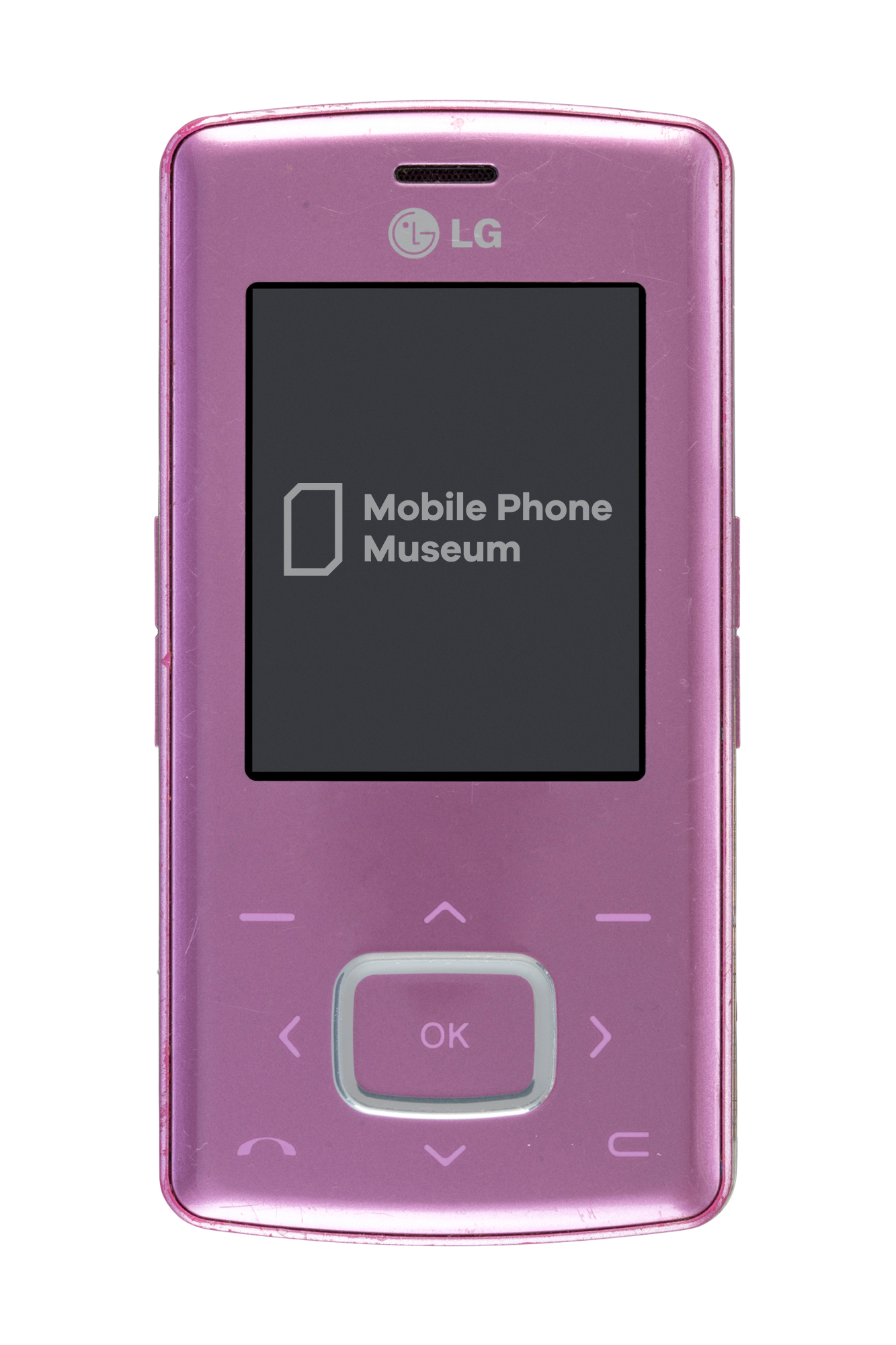
LG’s exit from the mobile phone market in 2021 was much lamented given its considerable contributions. The LG Prada was a stylish device that featured the world’s first capacitive touchscreen, but it was the LG Chocolate slider phone that lives long in the memory. Its touch sensitive controls were fingerprint magnets and its 1.3 megapixel camera was inferior to the competition, but it more than compensated for these shortcomings with an iconic design that has stood the test of time.
Apple iPhone (2007)
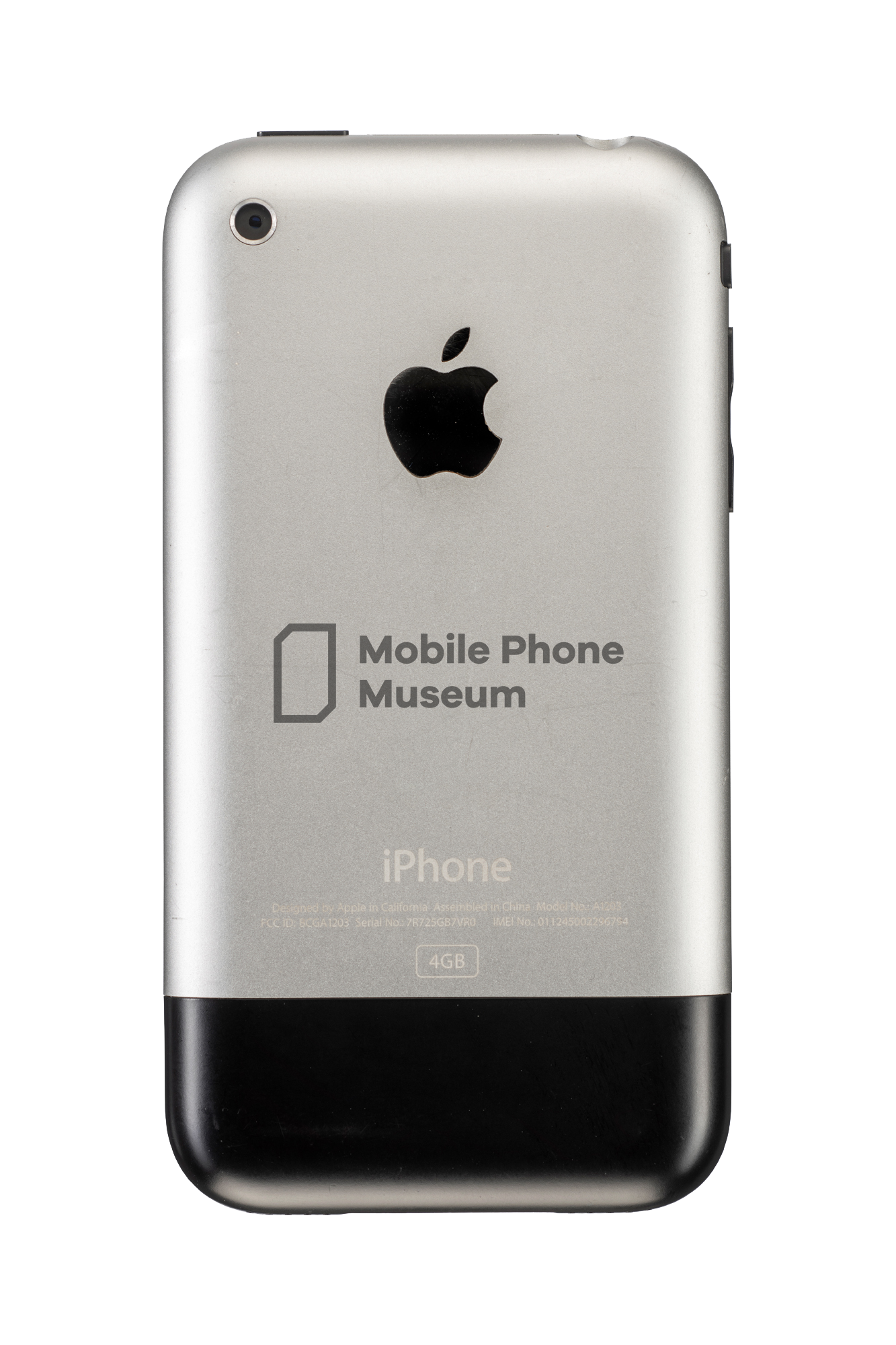
Arguably no other consumer electronics product has revolutionised the world as much as the iPhone has. Apple’s first stab at a smartphone lacked 3G, an advanced camera, and even an App Store at launch. But its intuitive user interface and seamless fusion of mobile phone, iPod, and full touch screen paved the way for future success and a new era of mobility. The iPhone 4 was arguably the first handset that realised Apple’s vision, but there is no modern smartphone market without the original.
BlackBerry Bold 9000 (2008)
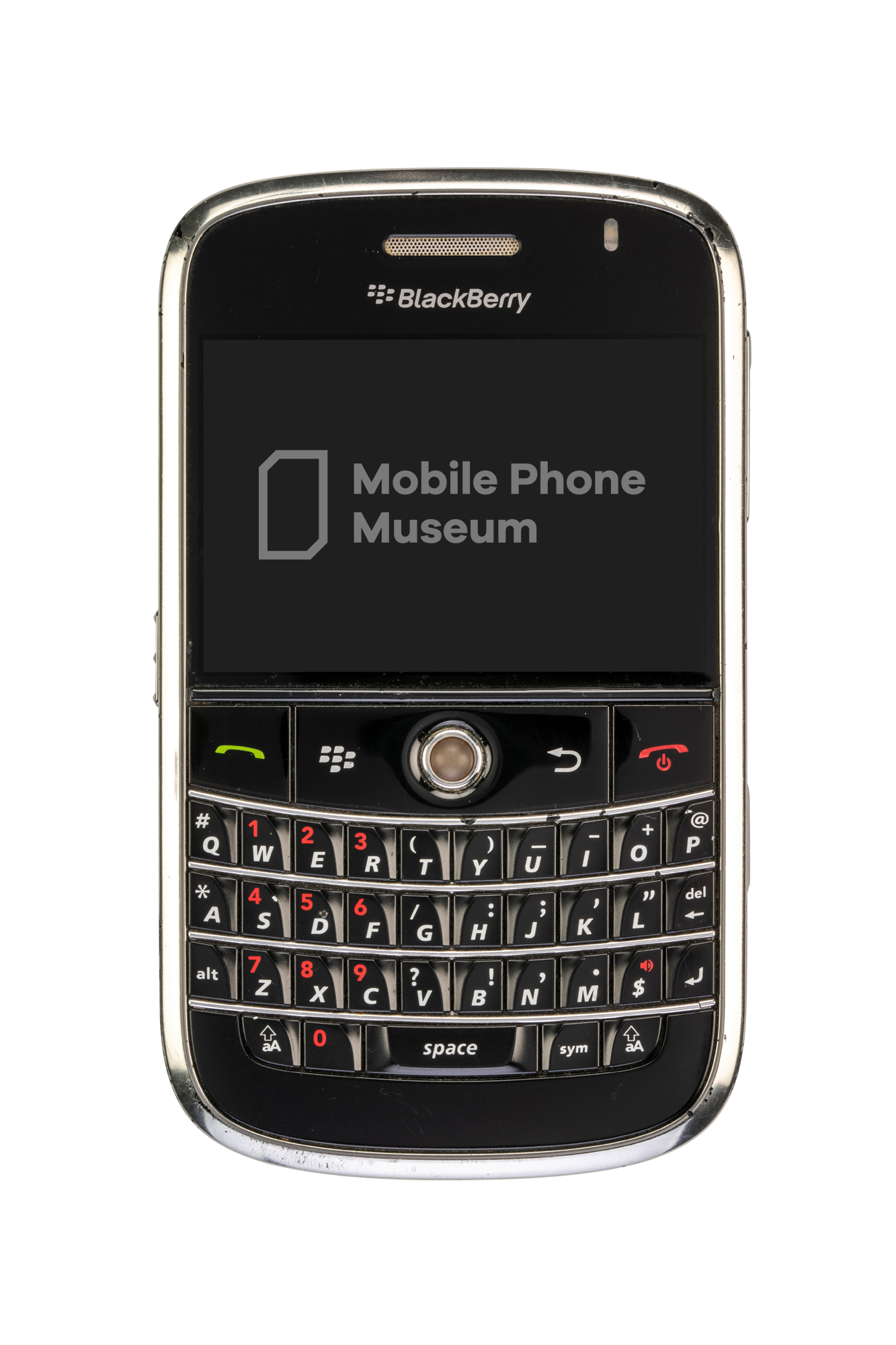
Research in Motion’s (RIM) BlackBerry made smartphones cool in a way that Windows Pocket PCs and Nokia communicators never could. They were well-designed, boasted a QWERTY keyboard, and featured email support. Meanwhile their luxurious status and the inclusion of BlackBerry Messenger (BBM) made them highly desirable among consumers. The Bold series was released with RIM at the peak of its powers before it failed to adapt to the touchscreen, app-revolution ushered in by Apple.
T-Mobile G1 (2008)
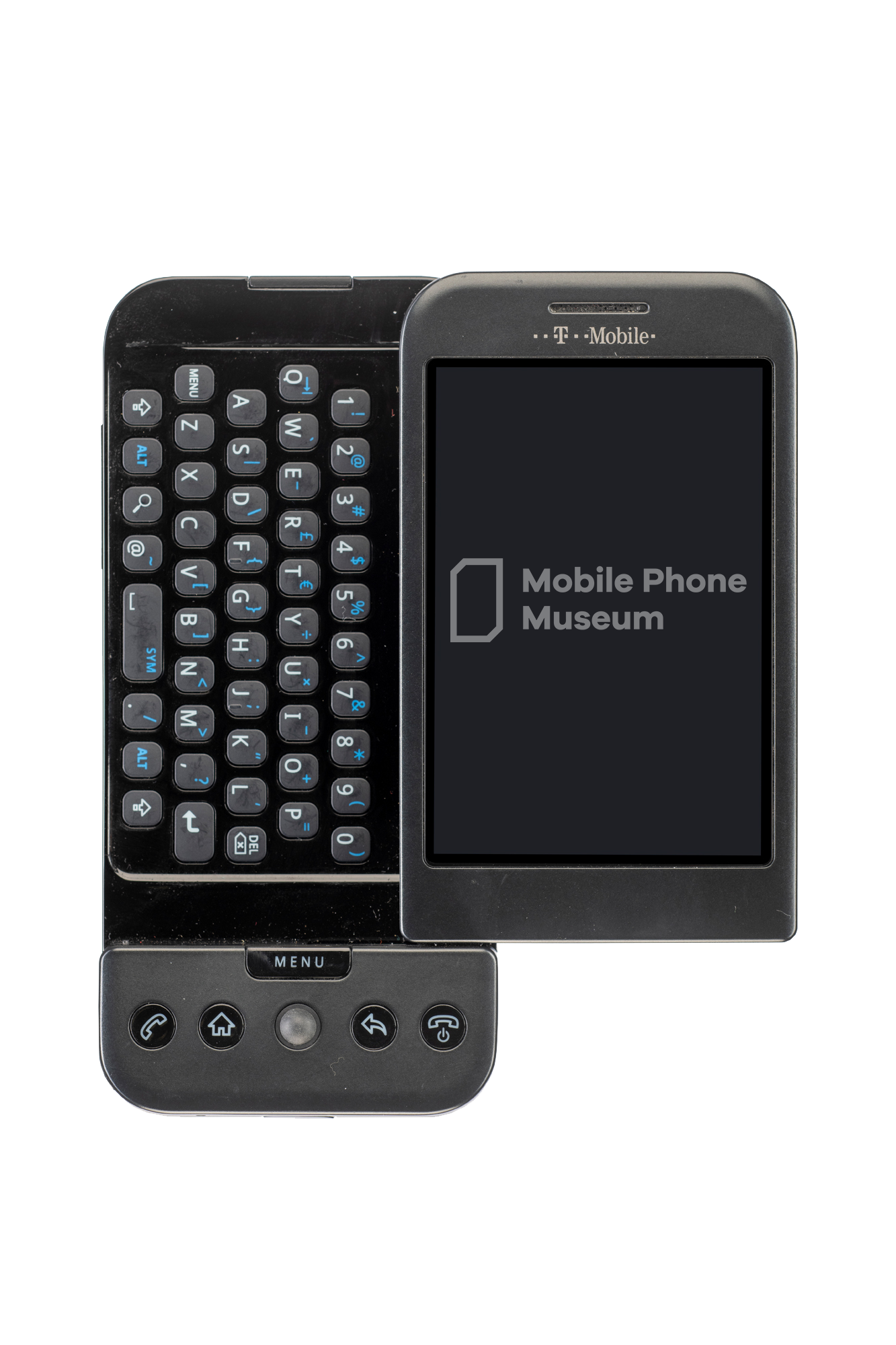
The first ever Android smartphone lacked the fanfare that greeted the first iPhone, but its legacy is just as vast. The T-Mobile G1, also known as the HTC Dream, isn’t going to be remembered for its design or technological innovations but every great competitor needs a rival and Android ensured greater diversity and affordability in this nascent market. HTC also did plenty to popularise Android in the early years, with several notable devices and a Sense UI that softened some of the cruder elements of the OS. The HTC One, released in 2013, and its aluminium unibody remains a work of technological art.
Samsung Galaxy SII (2011)
Samsung had already been a consistent performer in the mobile phone market, producing competent handsets at multiple price points and even experimenting with its own Bada operating system. But it was the second entry in the Galaxy S that elevated the Korean manufacturer to new heights. The SII went toe-to-toe with Apple in terms of feature set and design, offering a premium Android experience and a genuine alternative to the iPhone. The Galaxy S range would become the de facto Android flagship and Samsung would become the world’s biggest mobile phone manufacturer, overtaking Nokia.
Samsung Galaxy Note (2011)
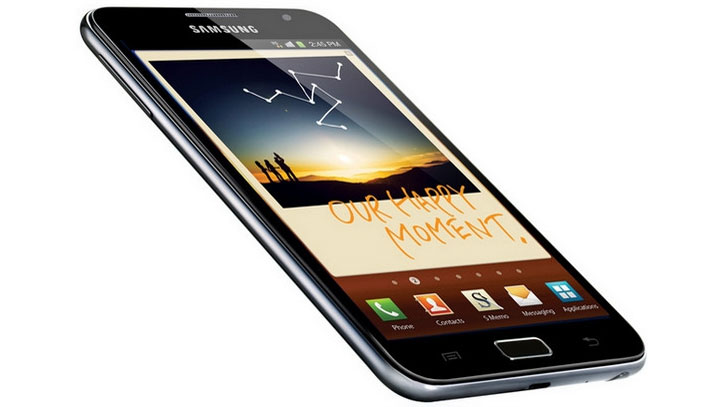
The importance of competition was illustrated by a second notable launch in the same year by Samsung. Building on the legacy of the Samsung Galaxy Player pocket computer, the Galaxy Note’s 5.3 inch display dwarfed those of its competitors and included a stylus at a time when touch screens were finger operated. It confounded many observers, but attracted a hardcore user base that valued its productivity potential and created an entirely new category – the phablet. By the time the Note range was discontinued in 2020, it had inspired larger screen versions of flagship smartphones, largely absorbed the mid-sized tablet market, and repopularised the stylus. It also prompted Apple, which had hitherto been devoted to single handed phones, to diversify into larger iPhones.
Yotaphone (2012)
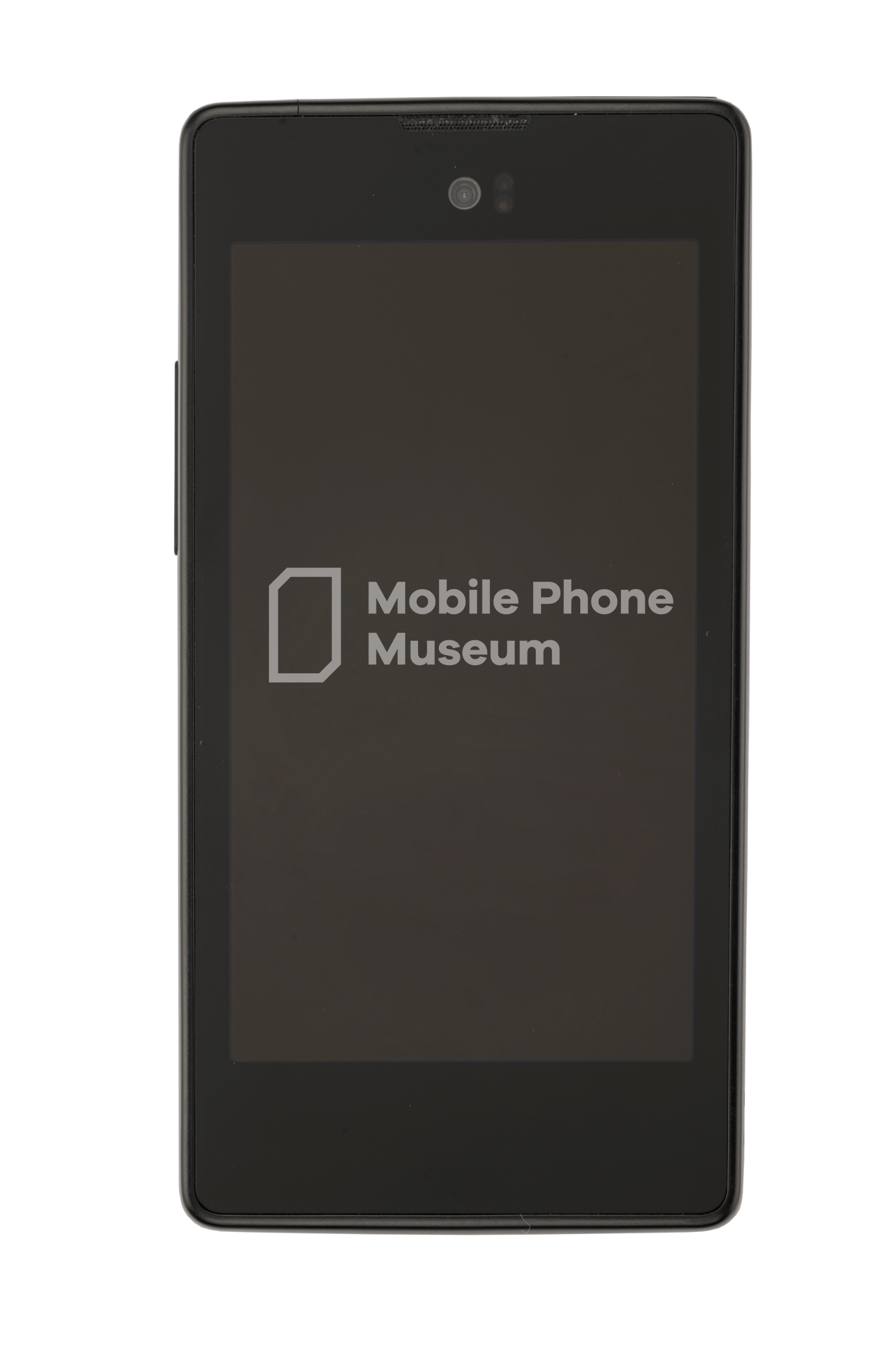
The 2010s saw the launch of increasingly powerful and attractive smartphones but little innovation in form factor. The Samsung Galaxy Fold, and the Samsung Galaxy Flip, use foldable display technology to create two unique designs that unlock use cases that are simply impossible on a slate touchscreen device. Powered by Qualcomm Snapdragon hardware and supporting 5G networks, the Galaxy Fold range is set to unleash a new era of innovation among device manufacturers and app developers in the 2020s.
Samsung Galaxy Fold (2019)
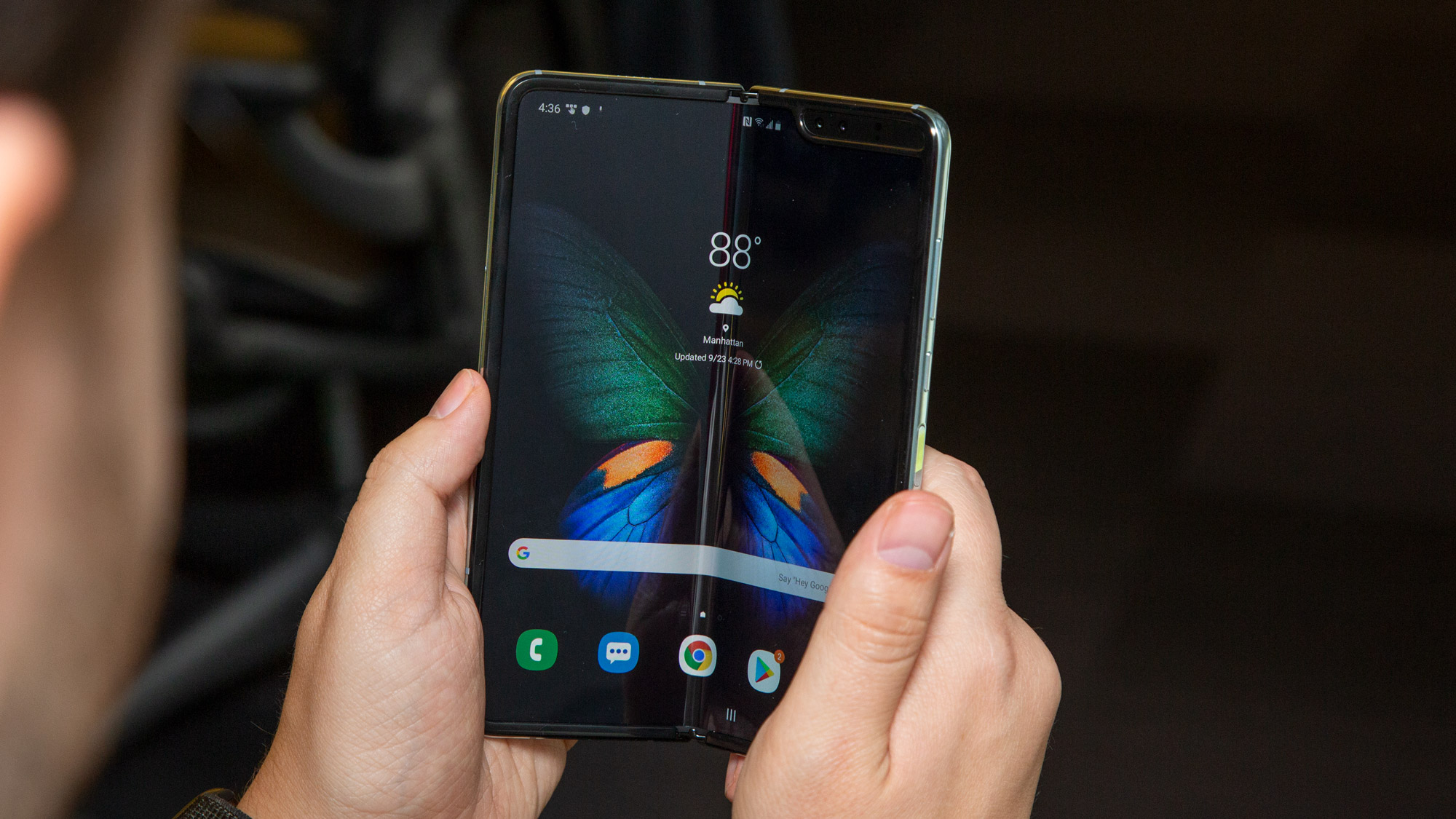
The 2010s saw the launch of increasingly powerful and attractive smartphones but little innovation in form factor. The Samsung Galaxy Fold, and the Samsung Galaxy Flip, use foldable display technology to create two unique designs that unlock use cases that are simply impossible on a slate touchscreen device. Powered by Qualcomm Snapdragon hardware and supporting 5G networks, the Galaxy Fold range is set to unleash a new era of innovation among device manufacturers and app developers in the 2020s.
Are you a pro? Subscribe to our newsletter
Sign up to the TechRadar Pro newsletter to get all the top news, opinion, features and guidance your business needs to succeed!